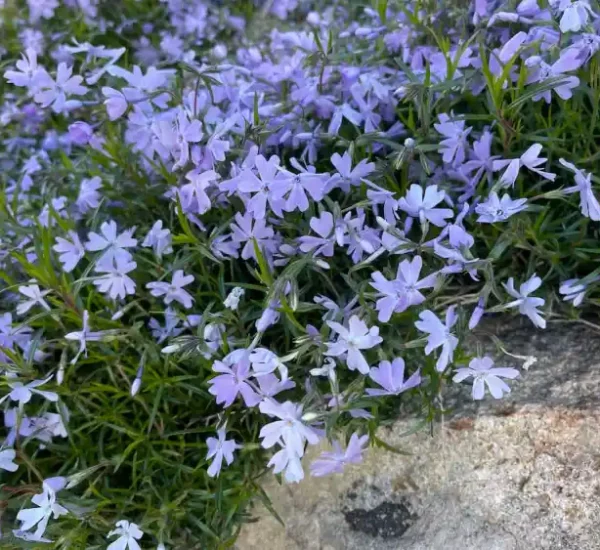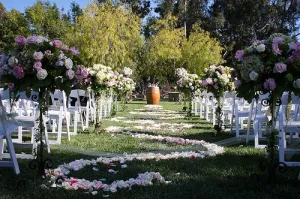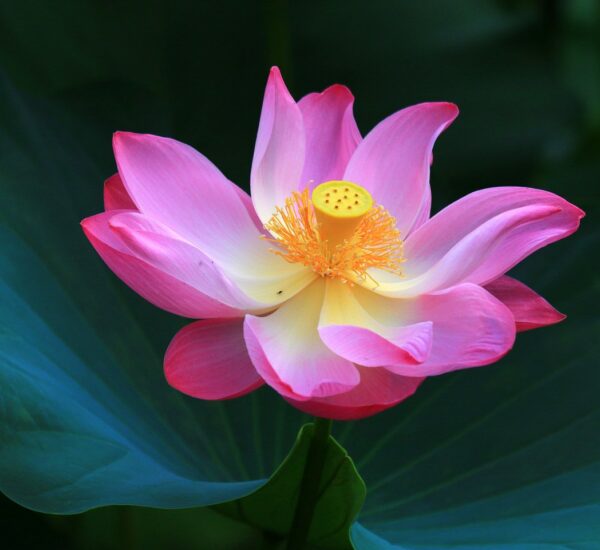Perennial flowers are a staple in any garden, offering the joy of beautiful blooms year after year. In this expert guide, we’ll explore 25 of the longest-lasting perennial flowers known for their durability, resilience, and striking beauty. Our recommendations are based on insights from horticultural experts, government horticultural agencies, and academic research.
Why Choose Long-Lasting Perennials?
Long-lasting perennials are the backbone of a low-maintenance garden, providing consistent color and vitality with minimal effort. Their longevity makes them a cost-effective and sustainable choice for any gardener.
Selection Criteria
Before delving into our list, it’s essential to understand the criteria used for selection. We’ve considered factors like bloom duration, adaptability to various climates, and resistance to common pests and diseases.
Coneflower (Echinacea purpurea)
- Cultivation Tip: These native North American perennials bloom from early summer through fall, attracting pollinators.
- Reference: The United States Department of Agriculture (USDA)
Black-Eyed Susan (Rudbeckia fulgida)
- Cultivation Tip: Known for their bright yellow petals and brown centers, Black-Eyed Susans thrive from summer to fall.
- Reference: The National Gardening Association
Peony (Paeonia)
- Cultivation Tip: These long-lived perennials offer lavish blooms in late spring to early summer.
- Reference: The Royal Horticultural Society (RHS)
Blanket Flower (Gaillardia)
- Cultivation Tip: Blanket Flowers bloom throughout the summer and are drought-tolerant.
- Reference: The University of California Agriculture and Natural Resources
Shasta Daisy (Leucanthemum x superbum)
- Cultivation Tip: These classic daisies bloom from late spring through summer and thrive in various conditions.
- Reference: The American Horticultural Society (AHS)
Catmint (Nepeta)
- Cultivation Tip: Catmint provides continuous blooms from spring through summer and is beloved by pollinators.
- Reference: The University of Maryland Extension
Coreopsis (Coreopsis grandiflora)
- Cultivation Tip: With bright yellow or red-orange blooms, Coreopsis flowers from early summer to fall.
- Reference: The University of Florida IFAS Extension
Russian Sage (Perovskia atriplicifolia)
- Cultivation Tip: Russian Sage’s silvery foliage and blue flowers last from midsummer to early fall.
- Reference: Colorado State University Extension
Daylily (Hemerocallis)
- Cultivation Tip: Daylilies come in various colors and offer prolific blooms throughout summer.
- Reference: University of Illinois Extension
Sedum (Sedum spectabile)
- Cultivation Tip: This succulent perennial adds late-season interest with its fleshy leaves and fall blooms.
- Reference: University of Minnesota Extension
Lavender (Lavandula)
- Cultivation Tip: Lavender’s fragrant spikes of blue, purple, or pink blooms last from late spring to early summer.
- Reference: University of California Agriculture and Natural Resources
Bleeding Heart (Dicentra spectabilis)
- Cultivation Tip: Bleeding Hearts offer distinctive, pendulous flowers in spring.
- Reference: Penn State Extension
Hellebore (Helleborus)
- Cultivation Tip: These shade-loving perennials bloom in late winter to early spring, adding early-season color.
- Reference: The Missouri Botanical Garden
Coral Bells (Heuchera)
- Cultivation Tip: Coral Bells display colorful foliage and bloom from late spring to early summer.
- Reference: University of Wisconsin-Madison Division of Extension
Balloon Flower (Platycodon grandiflorus)
- Cultivation Tip: This perennial adds a touch of whimsy to your garden with balloon-shaped buds and blooms.
- Reference: University of Missouri Extension
Echinops (Echinops ritro)
- Cultivation Tip: Globe Thistle, or Echinops, features spherical blue blooms in midsummer.
- Reference: Texas A&M AgriLife Extension
Garden Phlox (Phlox paniculata)
- Cultivation Tip: Garden Phlox provides summer-long color and attracts butterflies.
- Reference: North Carolina State University Extension
Autumn Joy Sedum (Hylotelephium ‘Herbstfreude’)
- Cultivation Tip: This Sedum variety brings late-season interest with its enduring, pinkish blooms.
- Reference: The University of Arkansas Division of Agriculture
Baptisia (Baptisia australis)
- Cultivation Tip: Known as Wild Indigo, Baptisia produces tall spikes of blue, pea-like flowers.
- Reference: The University of Nevada, Reno Extension
Bee Balm (Monarda)
- Cultivation Tip: Bee Balm attracts pollinators and offers long-lasting summer blooms.
- Reference: Utah State University Extension
Yarrow (Achillea millefolium)
- Cultivation Tip: Yarrow’s fern-like foliage and flat flower heads bloom from late spring to early fall.
- Reference: The University of Arizona Cooperative Extension
Bleeding Heart (Dicentra eximia)
- Cultivation Tip: Similar to its showier relative, Dicentra eximia is a shade-loving perennial with extended blooming.
- Reference: The University of Maine Cooperative Extension
Perennial Geranium (Geranium spp.)
- Cultivation Tip: Perennial geraniums offer a long blooming period with delicate, colorful flowers.
- Reference: The University of Georgia Extension
Salvia (Salvia spp.)
- Cultivation Tip: Salvias come in various species and bloom for an extended period from spring to fall.
- Reference: The University of Missouri Extension
Russian Sage (Perovskia atriplicifolia)
- Cultivation Tip: This perennial adds late-season interest with its silvery foliage and blue flowers.
- Reference: University of Wyoming Extension
Conclusion
With these 25 long-lasting perennial flowers, your garden can be a showcase of vibrant colors and enduring beauty. Choose the ones that suit your climate and garden style to enjoy years of consistent blooms and lush foliage. Happy gardening!
Here are 10 frequently asked questions (FAQs) about growing the 25 longest-lasting perennial flowers for beautiful blooms
What are perennial flowers, and why are they a popular choice for gardeners seeking long-lasting beauty in their gardens?
How do I select the right perennial flowers for my garden based on factors like climate and soil conditions?
What is the typical lifespan of perennial flowers, and how long can I expect them to bloom each year?
Are there any specific care and maintenance requirements to ensure the longevity of these perennial flowers?
Can I plant a combination of these long-lasting perennials to create a garden with continuous blooms throughout the year?
Which perennial flowers are best suited for specific regions or climates, and how can I determine their suitability for my area?
Are there any known pests or diseases that commonly affect these perennial flowers, and how can I protect them?
Can I use these perennial flowers for cut flower arrangements, and do they have a fragrance?
What are the best practices for dividing and propagating these long-lasting perennials to expand my garden or share with others?
Are there companion plants that complement these perennial flowers and enhance the overall aesthetics of the garden, and where can I find guidance on designing with them?
These FAQs should provide valuable information for gardeners interested in cultivating a variety of long-lasting perennial flowers in their gardens.
- Virginia’s Growing THC Seltzer Craze - June 5, 2025
- Find THC Sodas in Ohio - June 5, 2025
- THC Infused Seltzers to Try in New Jersey - May 19, 2025




